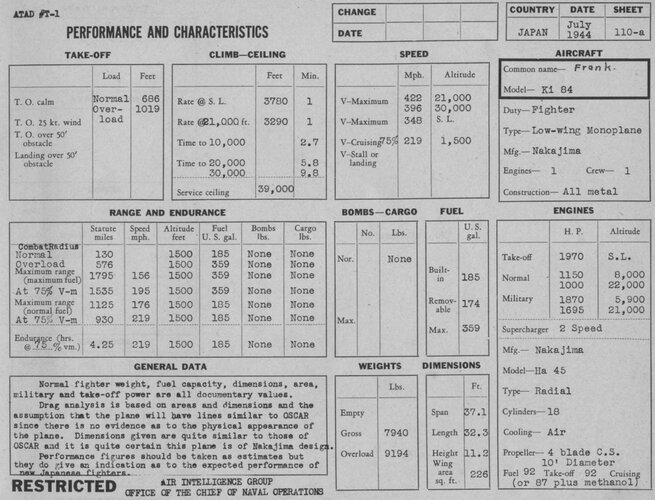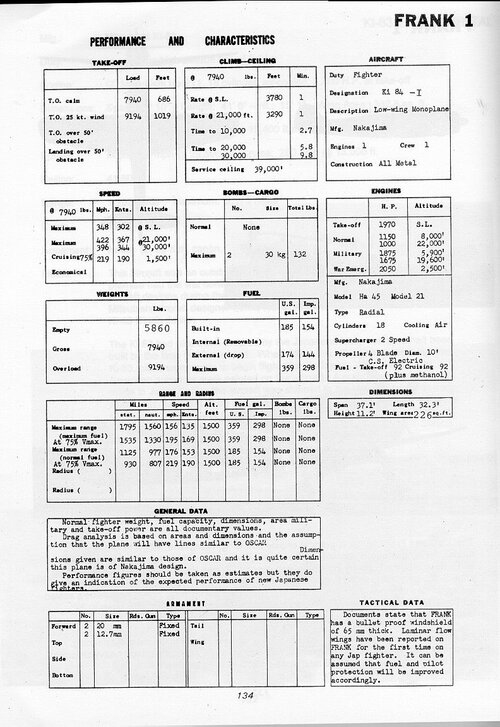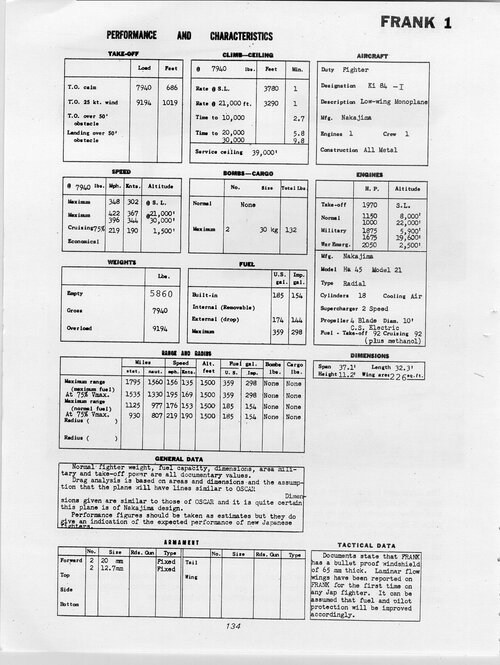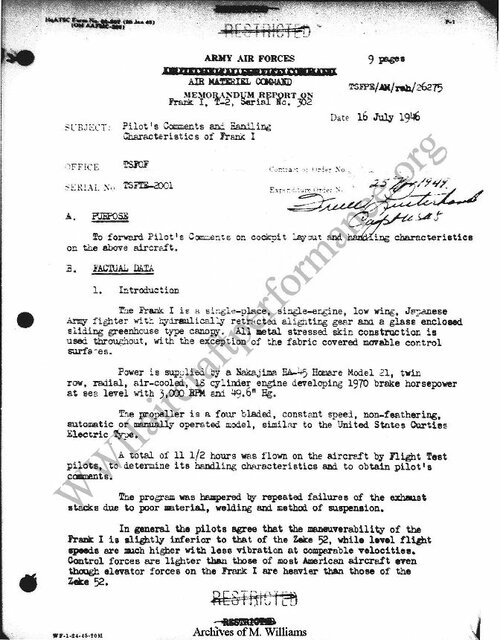Time frame should cover gearing-up to the Pacific war and the war itself.
What should've they specified differently for industry to make vs. what was made historically, in order to put up a better fight against the 'West', or mostly against the USN/USMC/USAAF? Not to make a host of designs that were produced in handful quantities each, like the numerous floatplanes? A more timely follow-up for the Zero? A much improved Zero for the mid-war, or an 'alternative Zero' from day one? Peek a bit better at German tech plans and operational experiences? Earlier introduction of protection both for crews and fuel tanks?
The ww2 still unfolds as it did historically until some time of 1942 here. Engine choice is more or less same as historical, make some tweaks or economizatios as you please. Guns - tad of the tweaking of what was historically available to Japan.
What should've they specified differently for industry to make vs. what was made historically, in order to put up a better fight against the 'West', or mostly against the USN/USMC/USAAF? Not to make a host of designs that were produced in handful quantities each, like the numerous floatplanes? A more timely follow-up for the Zero? A much improved Zero for the mid-war, or an 'alternative Zero' from day one? Peek a bit better at German tech plans and operational experiences? Earlier introduction of protection both for crews and fuel tanks?
The ww2 still unfolds as it did historically until some time of 1942 here. Engine choice is more or less same as historical, make some tweaks or economizatios as you please. Guns - tad of the tweaking of what was historically available to Japan.




